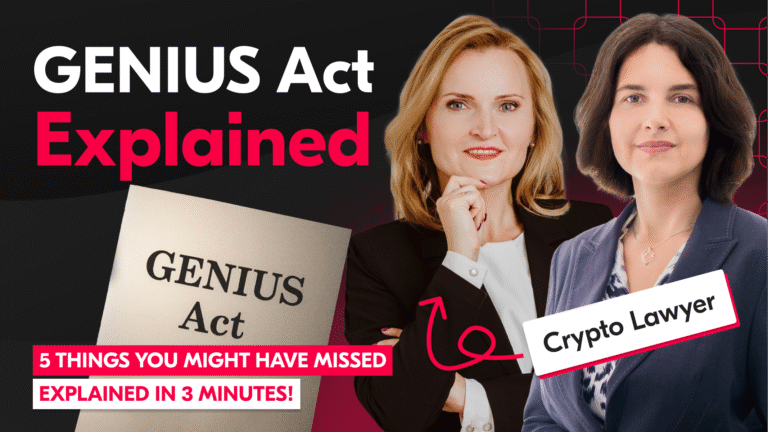A Distributed Autonomous Organization (DAO) is a combination of software and social connections. It’s able to act as a decentralized company for the benefits of its members – but no member has a controlling stake in it. My analysis of this phenomenon will be split into two parts. In the first part, we’ll focus on the benefits and risks of a decentralized organization.
What is a DAO?
In short, a decentralized organization relies on hard-coding certain important company rules, so that specific actions can be automatically carried out. A DAO relies on smart contracts to enforce those rules digitally.
Benefits of a DAO
- Shareholders/members of the DAO can have a very direct and immediate impact on key company operations.
- Cheap distribution of shares. What is a DAO benefit is that there’s no middleman. We have peer-to-peer communication between members who want to sell/buy DAO shares.
- Cheap distribution of dividends (directly from the decentralized organization to members).
- You can code many standard corporation activities in the algorithm. So, they can be executed automatically without any human intervention. Accounting, auditing, tax payment, payroll – you name it. It adds transparency to the operation, removes the risk of human error and lowers employment costs.
- You can also code integration with suppliers (exposed as other DAOs) in the algorithm. So, execution can work based on that interactive algorithm. If not disputed, cooperation between parties can be much smoother and cheaper.
- No single person (like a CEO) exists who represents the DAO. All members, even minor, represent it collectively.
Risks of participating in a decentralized organization
- If you lose the cryptographic private key, or someone steals it, you also lose access to the DAO and voting rights in it.
- The programming code of the DAO can have bugs which might be impossible to correct. As we know, the smart contract code is immutable (read more about blockchain immutability). These bugs can result in anything, from money loss to unexpected liability incurment.
- Public blockchain networks (like Ethereum or Bitcoin) aren’t controlled by any single party. Their evolution can go into an unexpected direction, resulting in DAO disruption. In extreme cases, a DAO might become unusable.
- Most useful decentralized organizations need access to data outside of the blockchain. These data can be provided by automatic or semiautomatic centralized oracle mechanisms. To disrupt the operation of that DAO, it’s easiest to target the oracles it depends on.
- The algorithm can’t go beyond what it was programmed for. Hence, it can make biased or plainly bad decisions if you don’t account for every reasonable fact and circumstance. A DAO should be structured so that there’s always a human factor involved that can take back or stop automatic decisions.
- Parties (cooperating decentralized organizations) might not be explicitly defined in the smart contract. In case of a dispute not covered by the code (and without an automatic arbitrator) it might be difficult to resolve it in traditional legal system.
What is a DAO capable of? Stay tuned for the second part. In the coming weeks I’ll take a look at DAOs from a legal perspective. And if you’re considering blockchain for your company, but you’re still stuck on terms and crypto jargon – it may be time for blockchain training.



